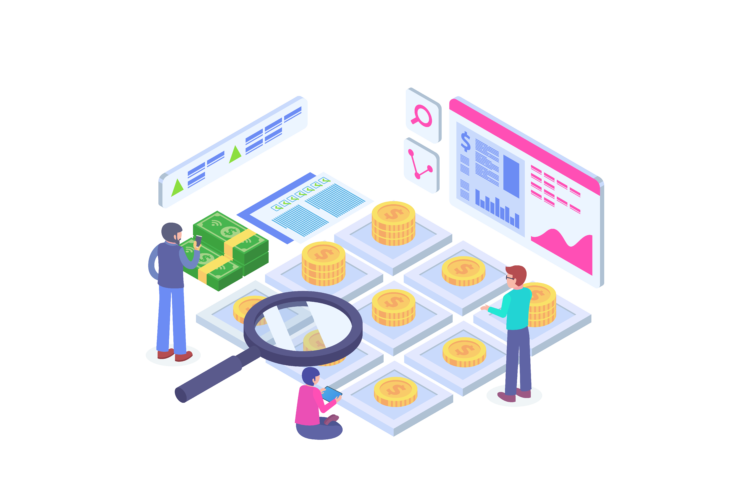Green Finance
“Look under the hood”: The difference between ESG and sustainable investing
- As ESG investing is becoming increasingly popular and flooded with bad actors, investors are growing wary of greenwashing and overwhelmed by the flurry of options.
- At the Banking on the Planet conference, investors shared how they think about ESG and outlined the differences between ESG and sustainable investing.








